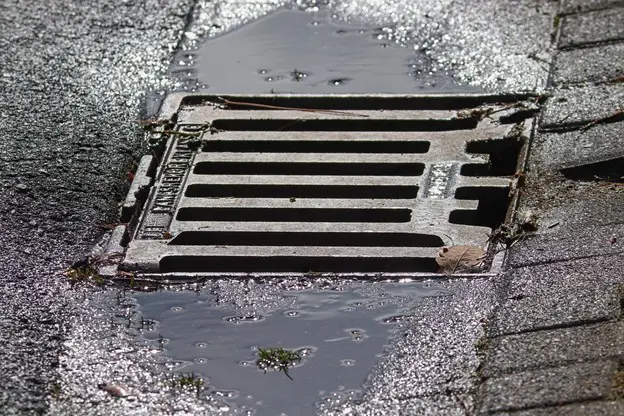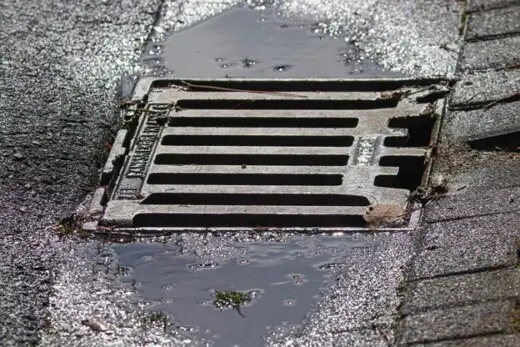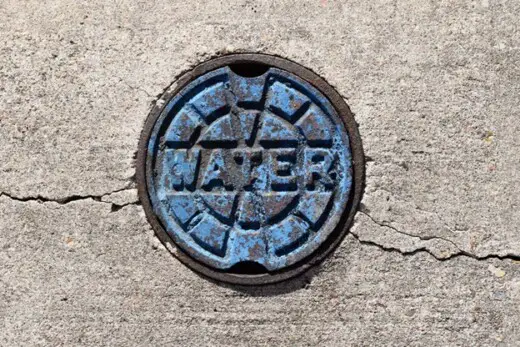Do all stormwater management projects look same guide, Indian resort-style homes
Do All Stormwater Management Projects Look the Same?
4 March 2022
When most people think about stormwater management, the first thing that comes to mind is a large, industrial-sized project with miles of piping and huge retention ponds. However, as municipalities around the country are increasingly being forced to address the issue of stormwater runoff, smaller-scale projects are becoming more common. In this article, we will take a closer look at some of the different types of projects and discuss the benefits and drawbacks of each.
Large-Scale Stormwater Control Projects
The most common type of stormwater control project is the large-scale variety. These projects are designed to handle runoff from a large area, typically an entire municipality or a large section of one. They usually involve the construction of miles of piping and a network of retention ponds, which can be quite costly.
One of the benefits of this type of project is that it can be tailored to meet the specific needs of the area it is serving. For example, a large-scale project in a rural area might focus on detention and infiltration, while a project in an urban area might emphasize green infrastructure. Additionally, these projects can be designed to handle a variety of runoff scenarios, such as heavy rainstorms, flash flooding, and snowmelt.
The main drawback of a large-scale stormwater control project is its cost. These projects can be quite expensive to build and maintain, and they often require the use of expensive engineering techniques. Additionally, they can take a long time to complete, which can be a problem if there is an immediate need for relief from flooding or erosion.
Small-Scale Stormwater Control Projects
As mentioned earlier, smaller-scale projects are becoming more common as municipalities are being forced to address the issue of stormwater runoff. These projects typically involve the installation of rain gardens, rain barrels, or other types of green infrastructure.
One benefit of small-scale stormwater management projects is that they are often more cost-effective than large-scale projects. They can also be completed more quickly, which is important when dealing with a rapidly urbanizing area.
The drawback of small-scale projects is that they may not be able to handle the same amount of runoff as a large-scale project. Also, if a municipality has a large area to cover, it may be necessary to implement multiple small-scale projects. In this case, the benefits of cost-effectiveness and quick implementation would be offset by the need for multiple projects.
Retrofit Projects
Some stormwater control projects are designed to retrofit existing developments, to reduce the amount of runoff that is generated. Retrofitting can involve a variety of techniques, such as adding green roofs, rain gardens, and permeable pavements. These additions help to capture and infiltrate stormwater runoff, which reduces the load on municipal drainage systems. This type of project can be used on a wide variety of structures, including parking lots, roadways, and buildings. One of the biggest benefits of retrofit projects is that they are often less expensive and quicker to implement than other types.
There are a few potential drawbacks to retrofit projects, however. One is that they can be disruptive to existing landscaping and hardscape features. Another is that they may not be as effective at reducing stormwater runoff as other types of projects. In addition, some retrofit projects can be quite elaborate and require a lot of maintenance. It is important to weigh the pros and cons of each project before deciding whether or not to implement it.
Green Infrastructure Projects
Green infrastructure projects are becoming increasingly popular as a way to manage stormwater runoff. These projects involve the use of plants, soils, and other natural elements to capture and detain stormwater. One of the benefits of green infrastructure is that it can be used in both urban and rural areas. Additionally, it is often more cost-effective than traditional techniques.
The drawback of green infrastructure projects is that they can be difficult to design and install correctly. If not done properly, they may not be effective at capturing stormwater runoff or reducing erosion. Also, green infrastructure projects can require a lot of maintenance, which can be a problem for municipalities that are short on resources.
Erosion Control Projects
Erosion control projects are used to prevent or reduce the amount of soil erosion caused by water runoff. It can involve different methods, such as installing retaining walls, mulching slopes, and planting vegetation. The best thing about these systems is that they are often very affordable and easy to install. It is also a perfect solution for rural areas, where there is a lot of exposed soil that is susceptible to erosion.
The downside of erosion control projects is that they may not be very effective in urban areas. This is because the runoff in urban areas tends to be more polluted and can damage vegetation. Therefore It is important to consider the specific needs of each area before implementing an erosion control project.
Channelization Projects
Channelization projects are used to direct stormwater runoff away from vulnerable areas, such as homes, businesses, and infrastructure. This can be done by creating channels out of concrete or asphalt, or by installing pipes and storm drains. Channelization projects are often used in conjunction with other projects, such as rain gardens and retention ponds. One of the biggest benefits of channelization projects is that they are quick and easy to install. They can also be scaled up or down to meet the needs of a particular area.
However, if you channelize stormwater runoff too much, it can cause problems downstream. Additionally, channelization projects can be expensive and require a lot of maintenance. Before implementing this type of project, it is important to consider the specific needs of your area.
Detention Pond Projects
Detention pond projects involve the construction of a pond or basin that captures and holds stormwater runoff. This water can then be used for things like watering lawns and gardens, washing cars, and flushing toilets. Detention ponds are a great way to reduce the amount of stormwater runoff that ends up in our waterways. They are also a great way to improve water quality since they help to remove pollutants from the water.
However, detention ponds can be expensive to construct and maintain and they can take up a lot of space. It is important to consider these factors before deciding whether or not to implement a detention pond project. If you are thinking about constructing a detention pond, make sure to contact your local authority for consultation.
As you can see, there are many different types of stormwater control projects and each one has its advantages and disadvantages. It is important to consider the specific needs of your area before deciding which project to implement. If you are unsure about which project is right for you, contact your local drainage district or watershed council for further advice and assistance.
Comments on this guide to the Do all stormwater management projects look same article are welcome.
Edinburgh Architecture
Comments / photos for the Do all stormwater management projects look same advice page welcome


